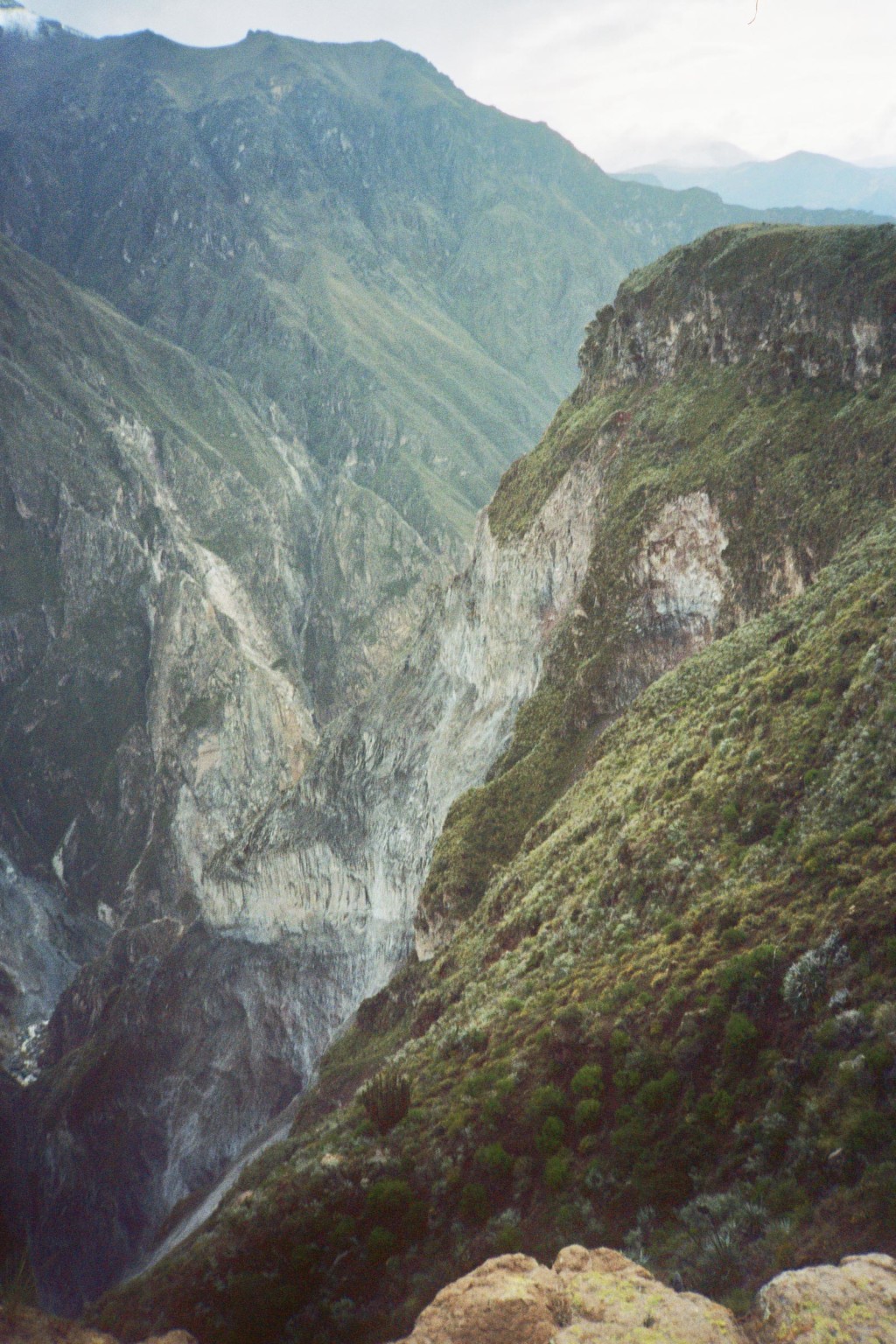
Around three hours away from Arequipa a deep groove cuts the earth. While geographers are going around the world measuring Canyons, up to now Canyon de Colca is the second deepest in the world, with its deepest point down to 4,160 m, and has double the depth that the Gran Cayon.
Colca River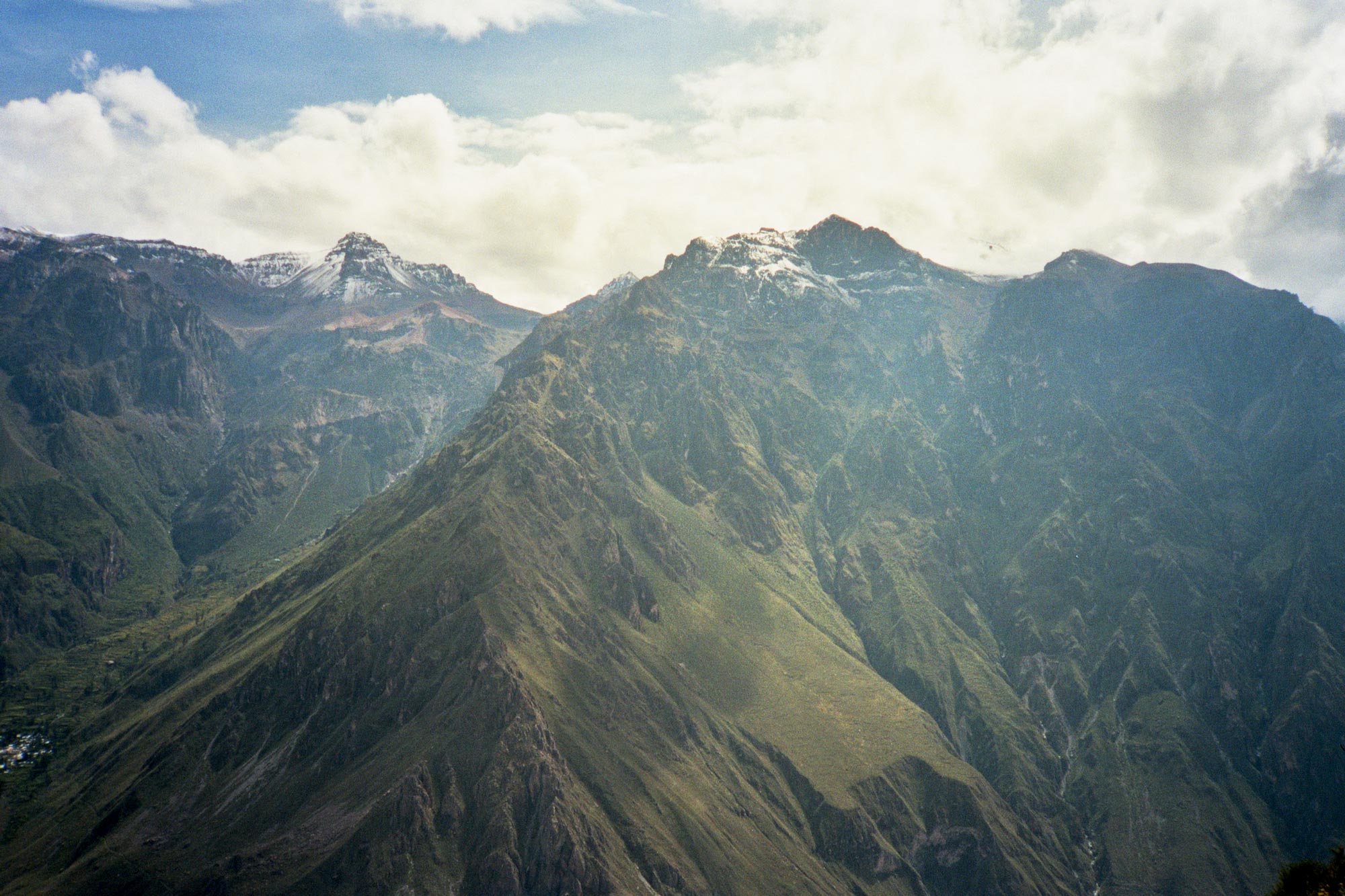
By following the Colca river, the scenario of the Canyon changes a lot, roughly there are two main parts, one very green, devoted to agriculture, where communities still live on the products of the terrace agriculture, and a rough and rocky part, where the villages are smaller and human settlements become less frequent.
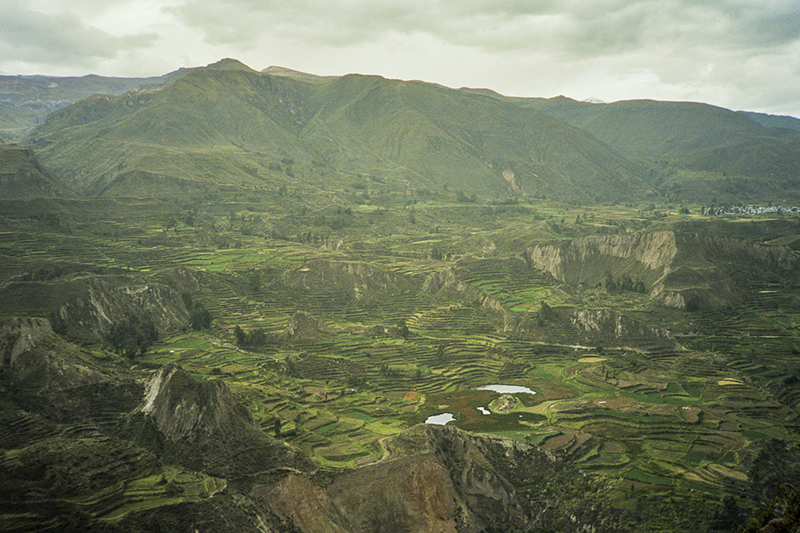
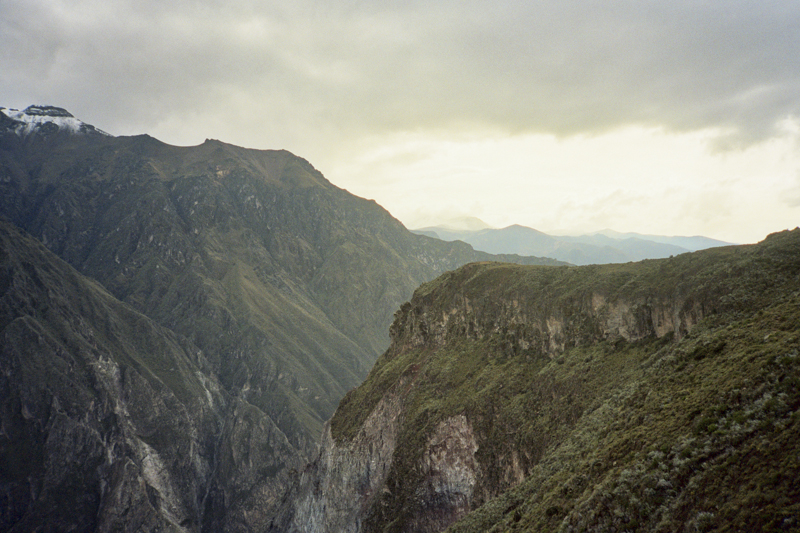
How to get there
There are hundreds of tours that depart everyday from Arequipa and Puno to this destination.
The trek can be done alone by walking two or three days from Chivay across the villages Yanque , Achoma, Maca, Pinchollo until Cobanaconde.
However, as the altitude can have a huge impact on the body, another option is to take an organized tour with local guides who by knowing the territory so well, can also take care of the visitors with local herbs and infusions. I say so because I have seen many people suffering along this trip and I myself experienced very strong headaches and loss of appetite.
There are some tours done in one day, I would suggest to avoid them as they start at 3 am and rush to the Canyon without actually enjoying the way to get there. I took a two days trip, organized by Colca Trek, a very professional agency based in Arequipa that tries to avoid the common touristic path and offers an immersion in the beauty of this natural landscape.
Reserva de Vicuñas
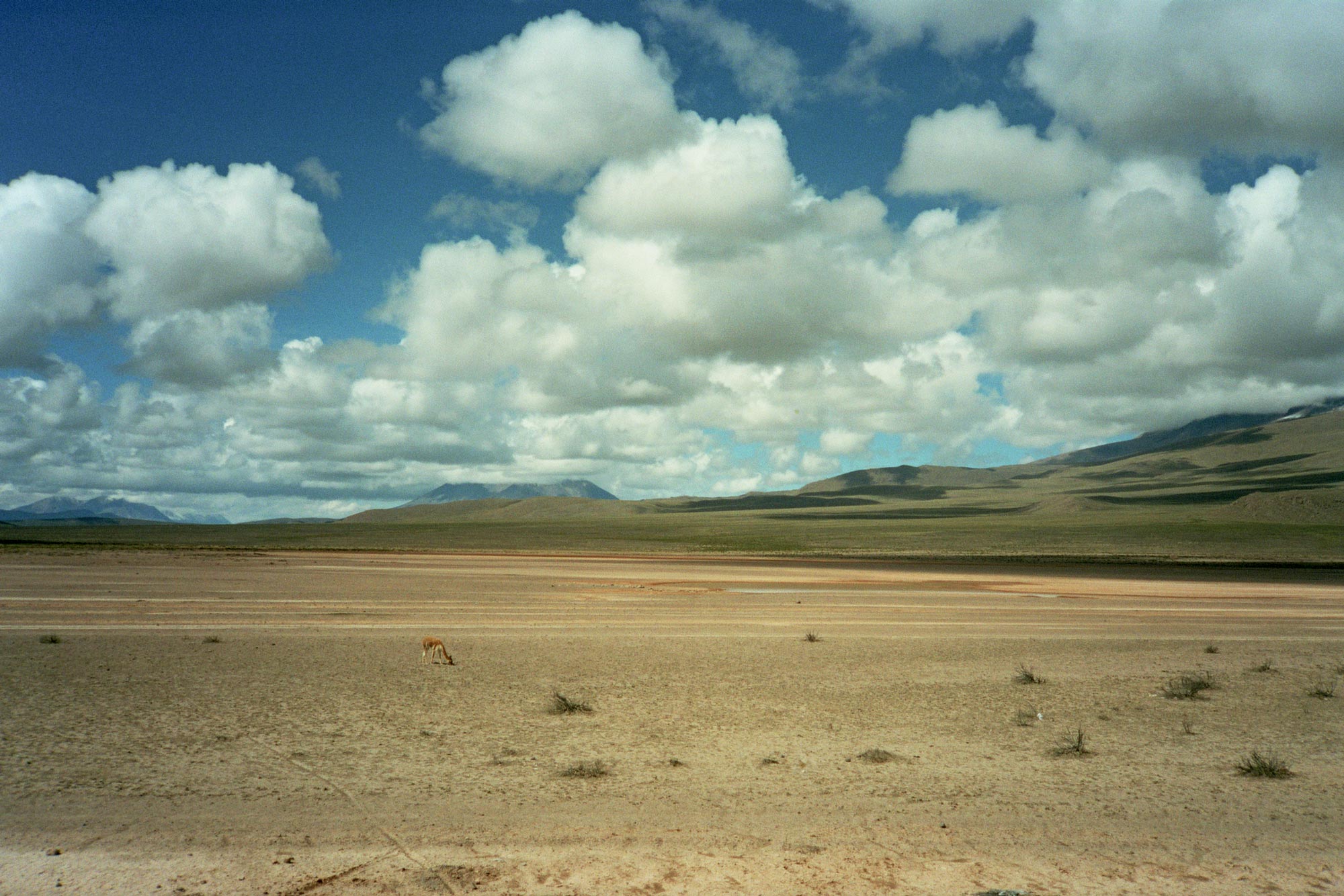 Along the way from Arequipa to Chivay, passing through the Reserva National Salinas, the landscape is flat and desertic first, with splendid view of the surrounding volcanoes among which the Misti and Chachani, and becomes green and lively when getting to the pampa. This area is home to alpacas, lamas and also the rare vicuñas, whose wool is the most tender and expensive in the world, up to 300 dollars per kilogram.
Along the way from Arequipa to Chivay, passing through the Reserva National Salinas, the landscape is flat and desertic first, with splendid view of the surrounding volcanoes among which the Misti and Chachani, and becomes green and lively when getting to the pampa. This area is home to alpacas, lamas and also the rare vicuñas, whose wool is the most tender and expensive in the world, up to 300 dollars per kilogram.
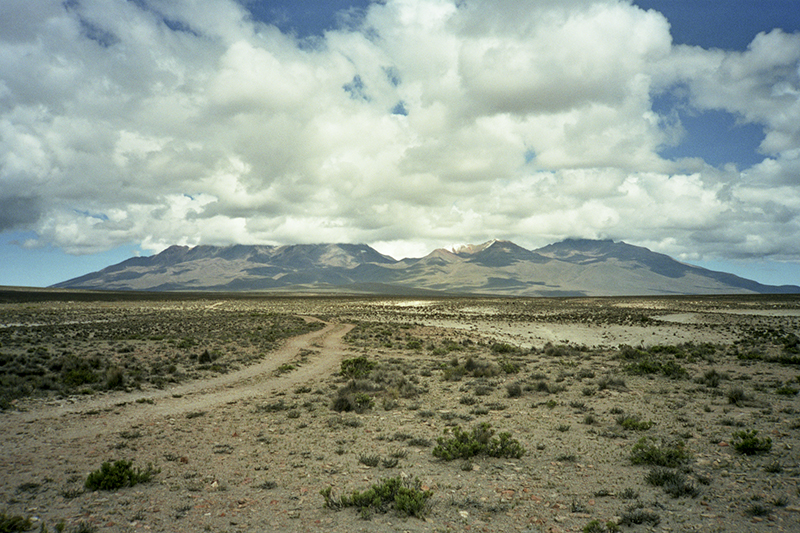
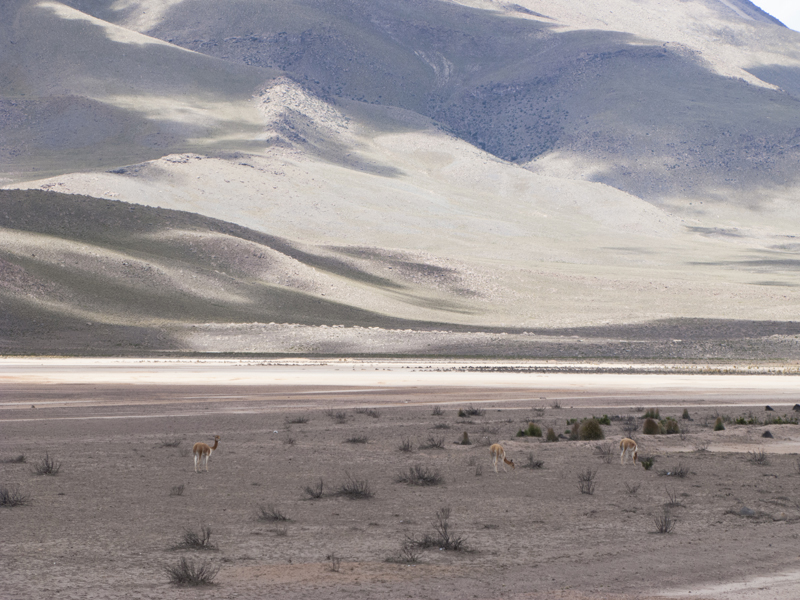
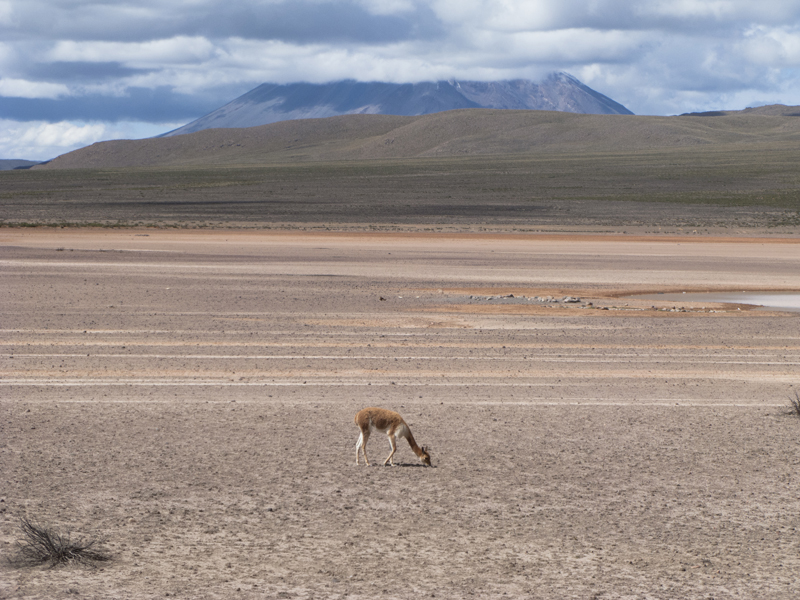
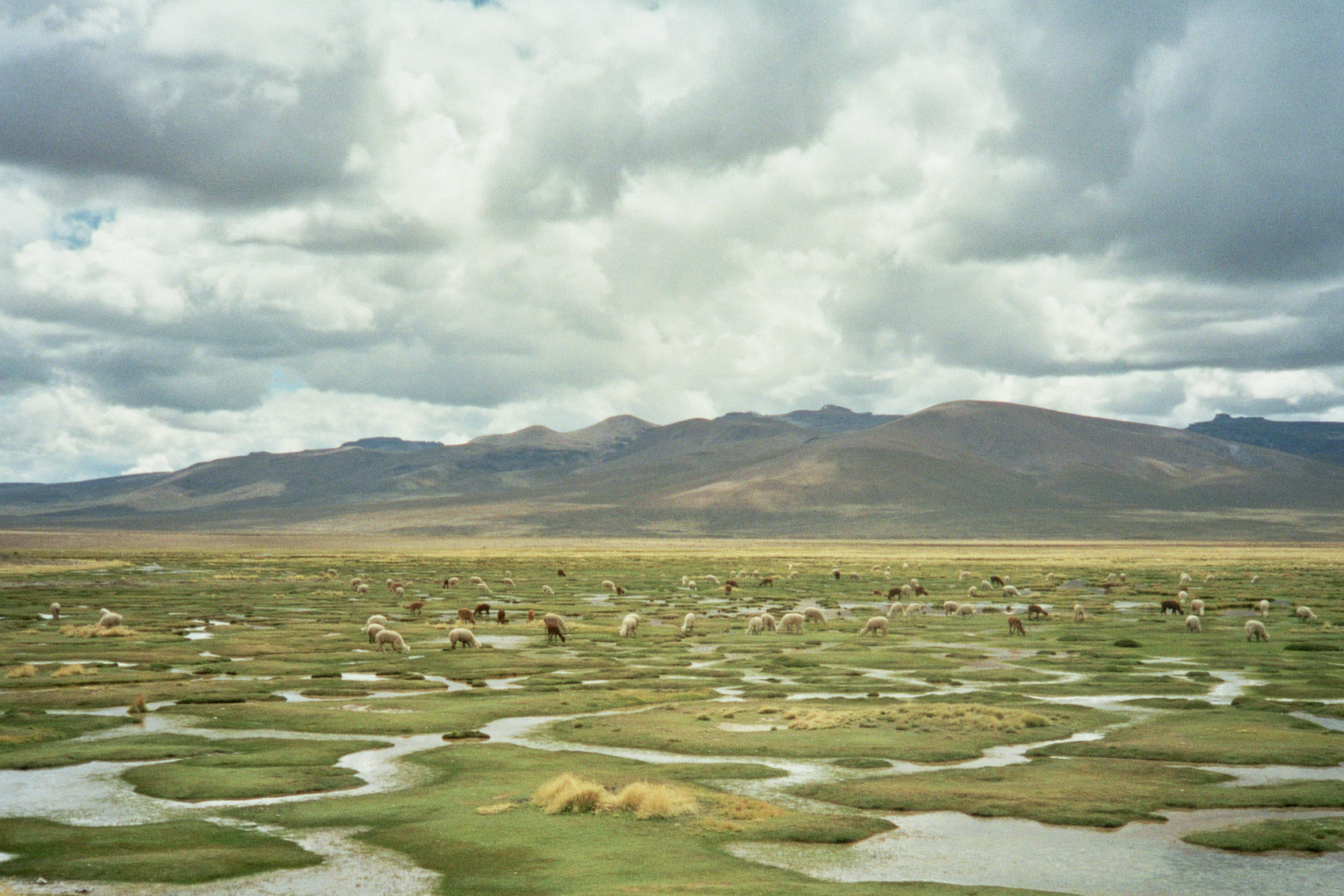
Bosque de piedras
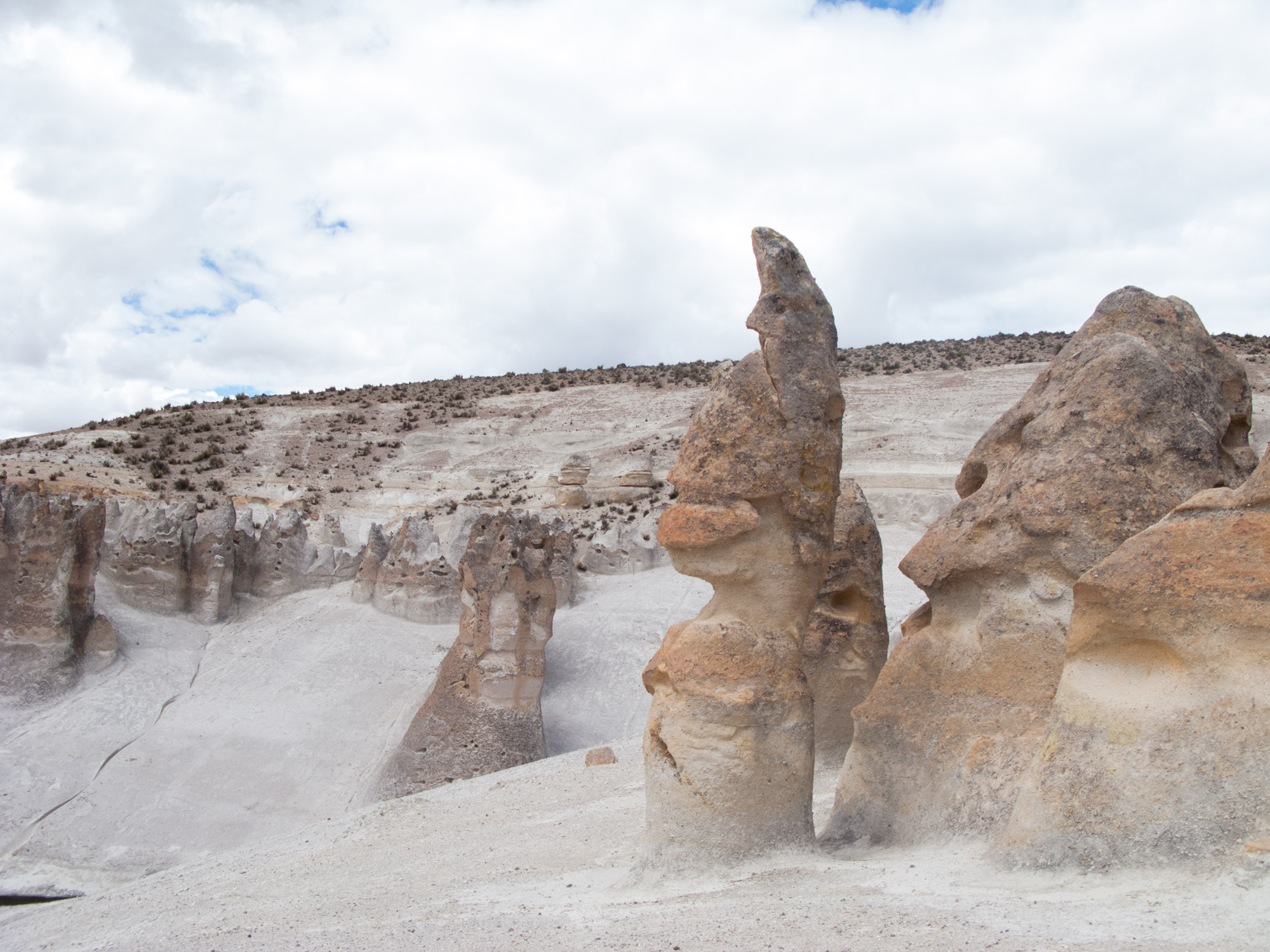 Just away from the main road, after a short walk you end up in a forest of stones with very weird and funny shapes.
Just away from the main road, after a short walk you end up in a forest of stones with very weird and funny shapes.
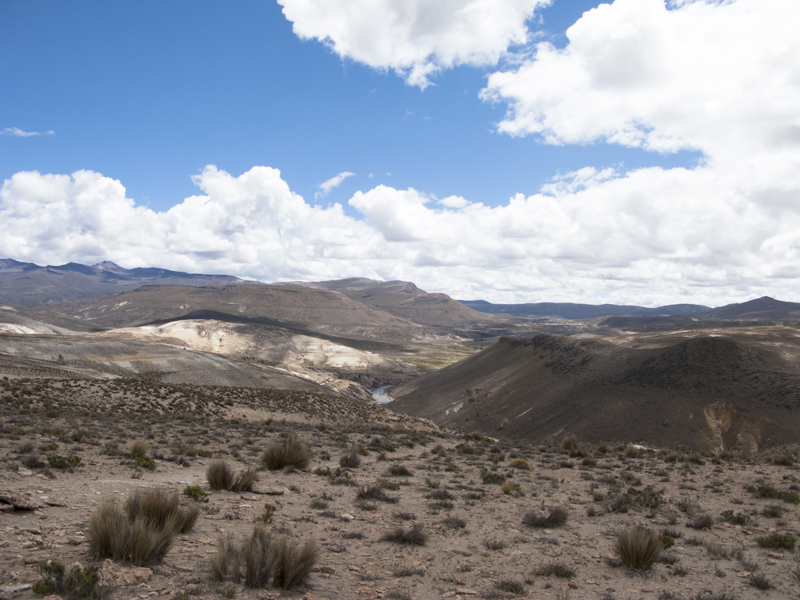
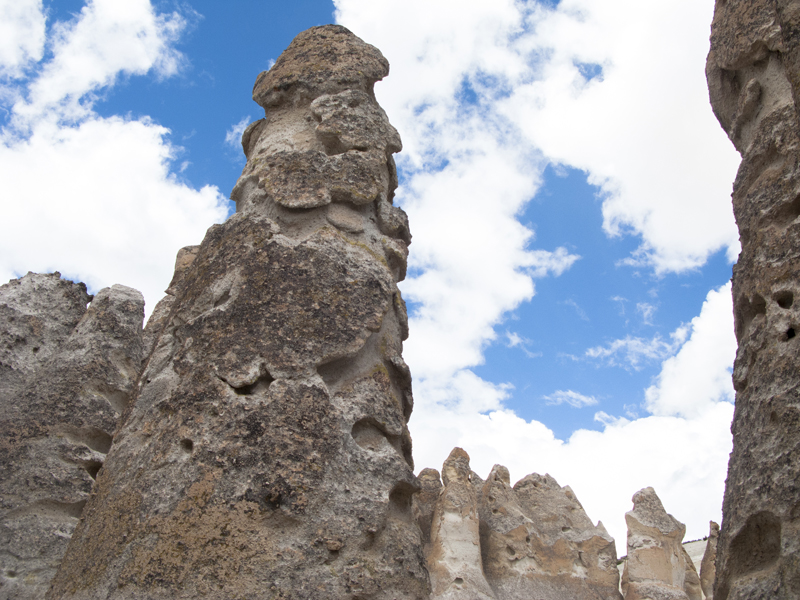
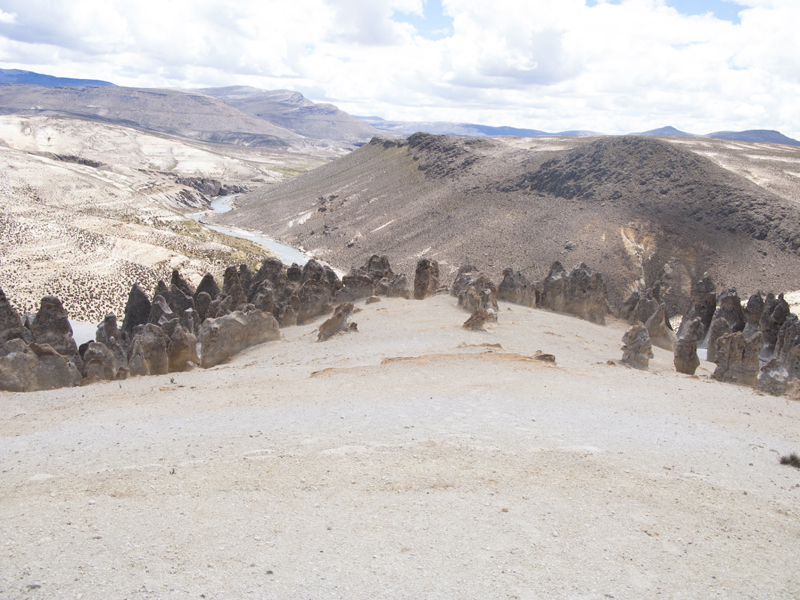

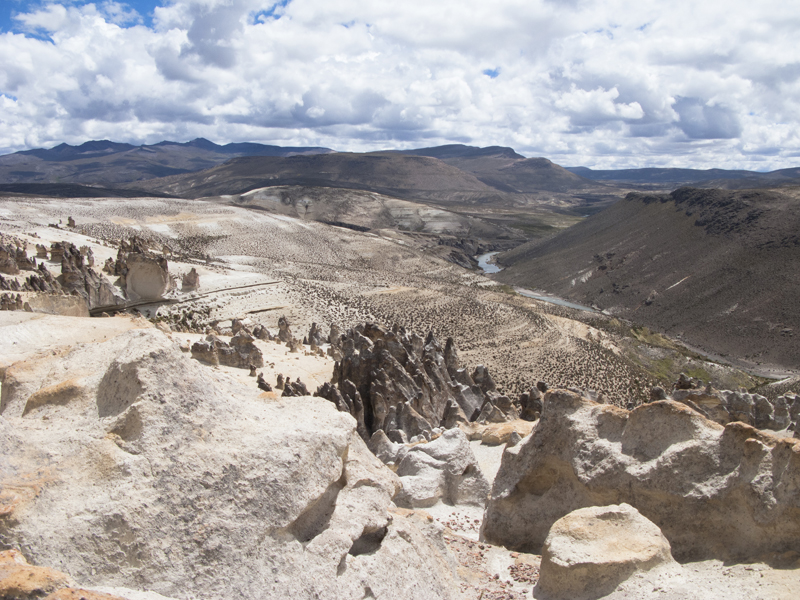
In this area grows the so called Yaretales (Azurella Compacta), a very rare plant that looks like rock and is also very hard. It grows between 3400 and 4000 meters and takes one year to grow one millimeter.
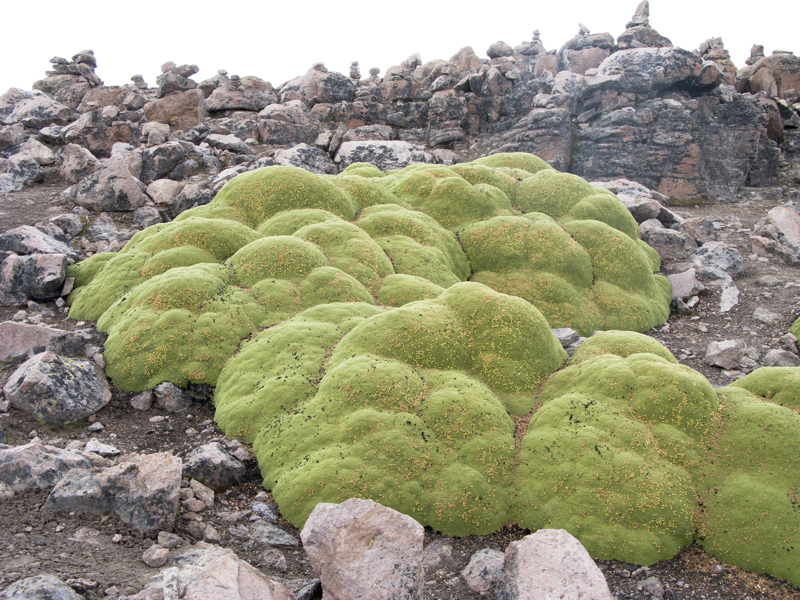
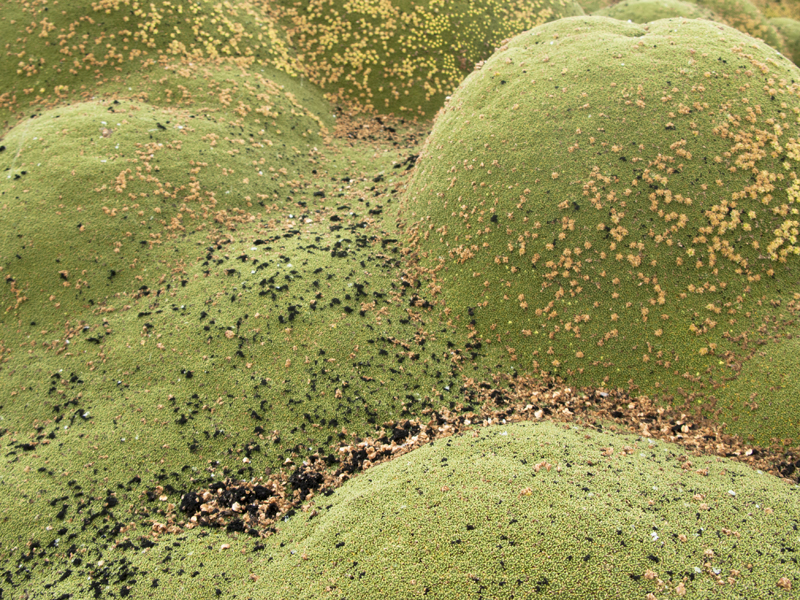
Mirador de los volcanes
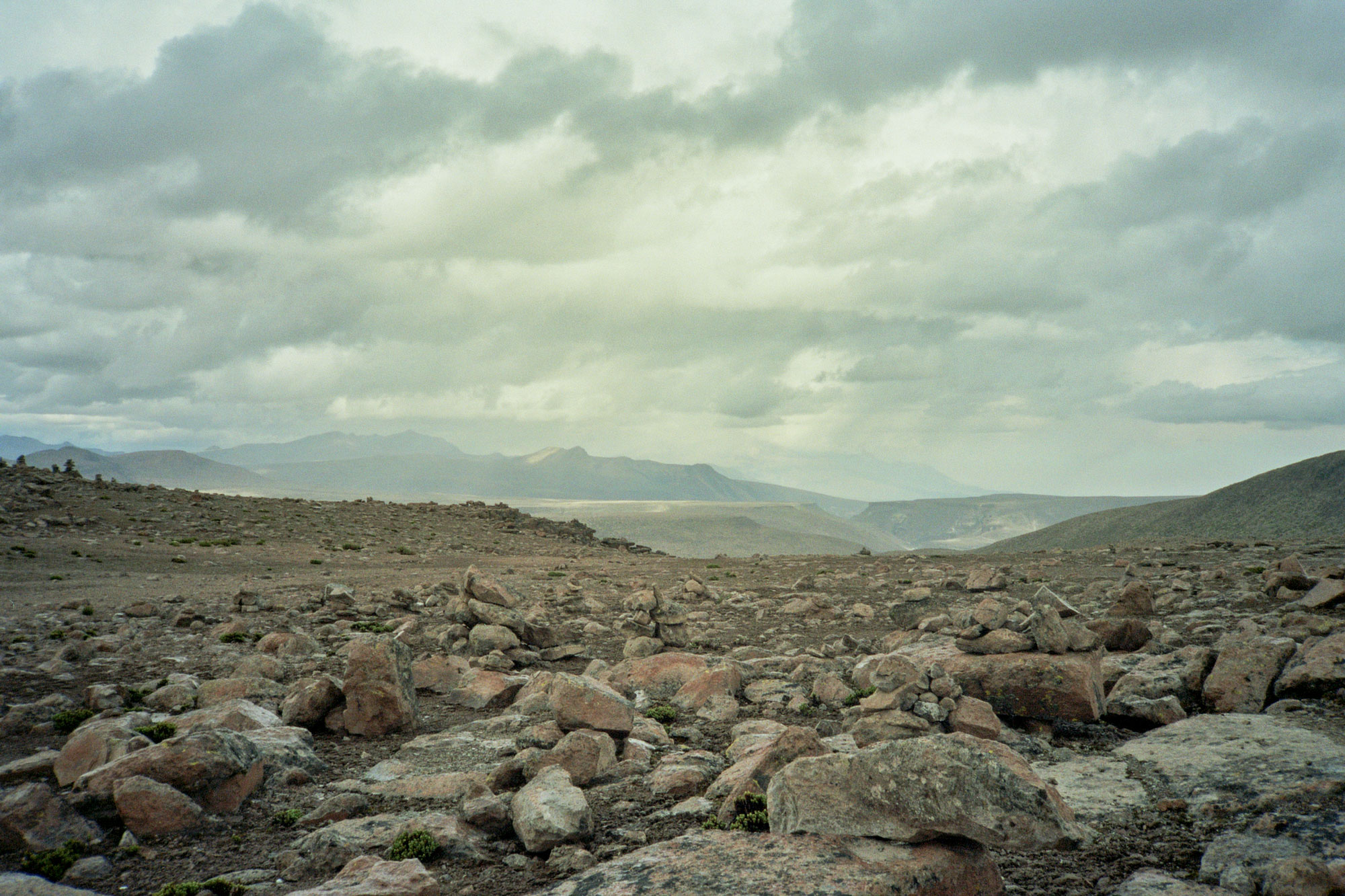
This is an exceptional and very high point of view over the volcanoes, among them el Mismi, where the Amazon river originates and el Ampato where the famous mummy of a young girl, juanita, was found. The volcanoes as all the mountains were associated with spirits that deserved rituals and tributes. Also, depending on the shape of the crater they were identified to be a female or a male volcano. The earth in this point is lunar, and it really feels like being on a different planet.
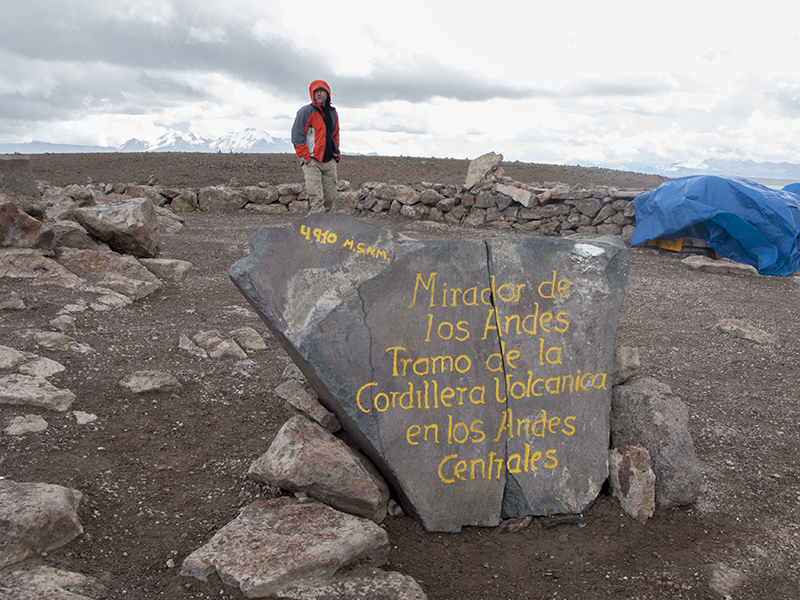
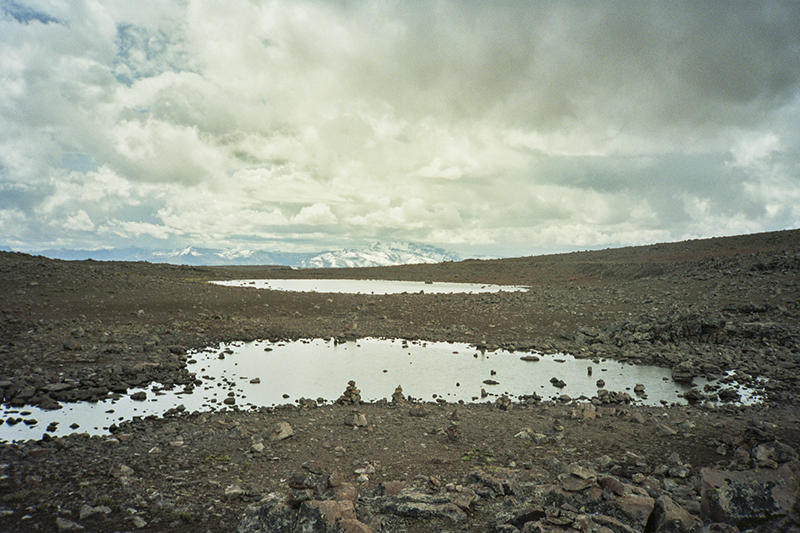
The way leads to the village of Chivay, from where the canyon starts. It is very touristic and offers also hot springs called La Calera. There are also hidden hotsprings called Baños Chacapi just outside from the village that are used by locals also because many houses to do not have hot water. From there the road becomes bumpy and smaller, passing through the villages of Yanque , Achoma, Maca, Pinchollo. Until here the Canyon is devoted to agriculture, with the terraces typical of the Inca age.
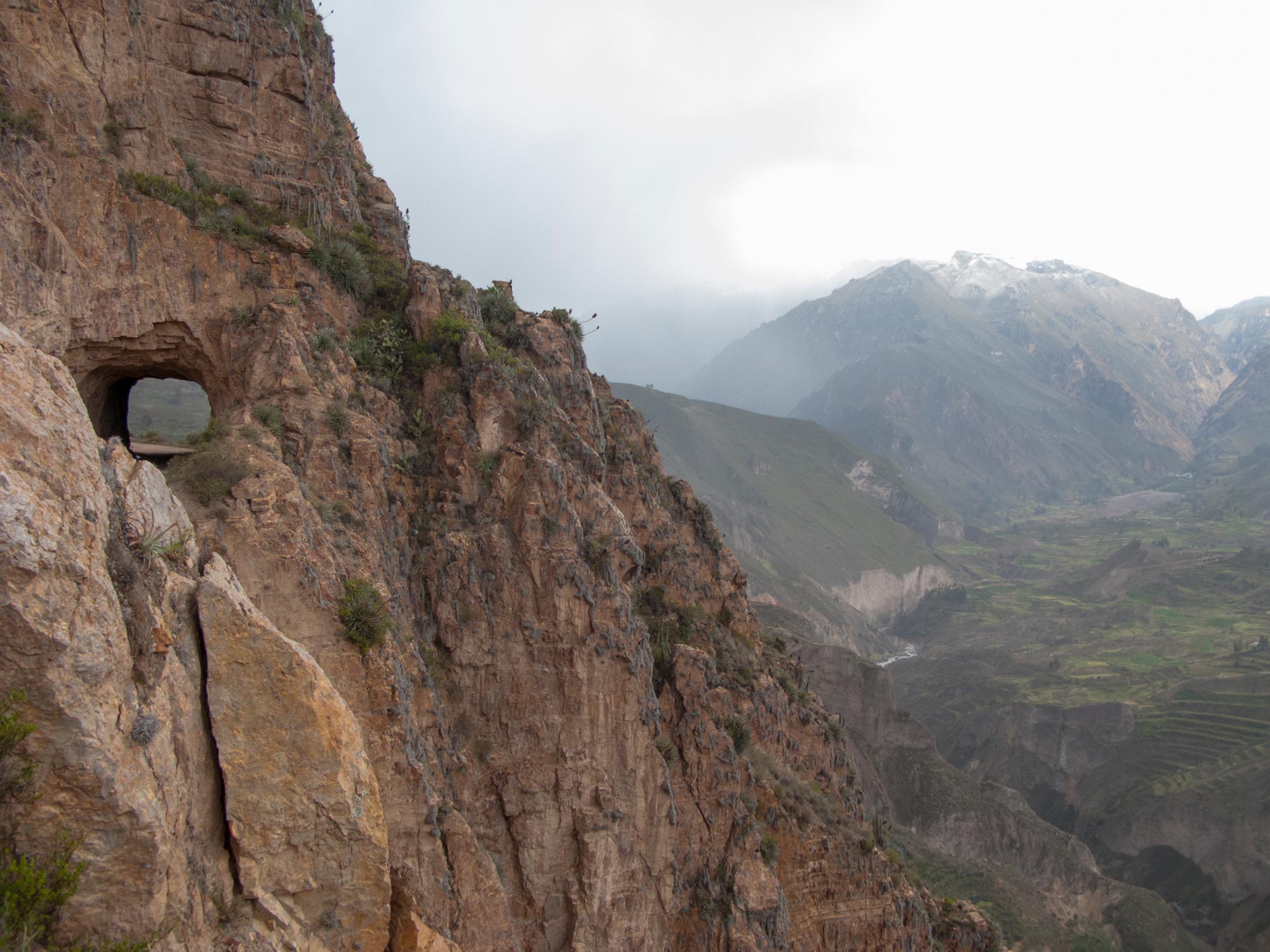
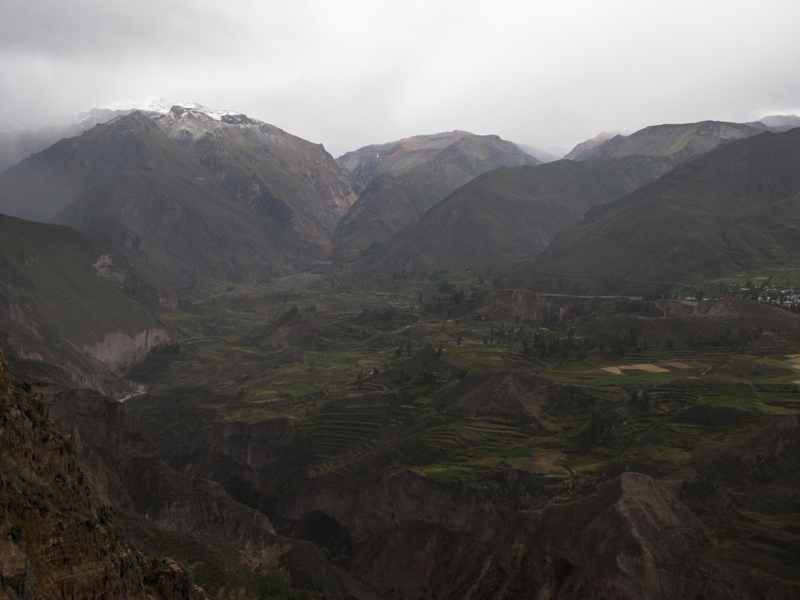
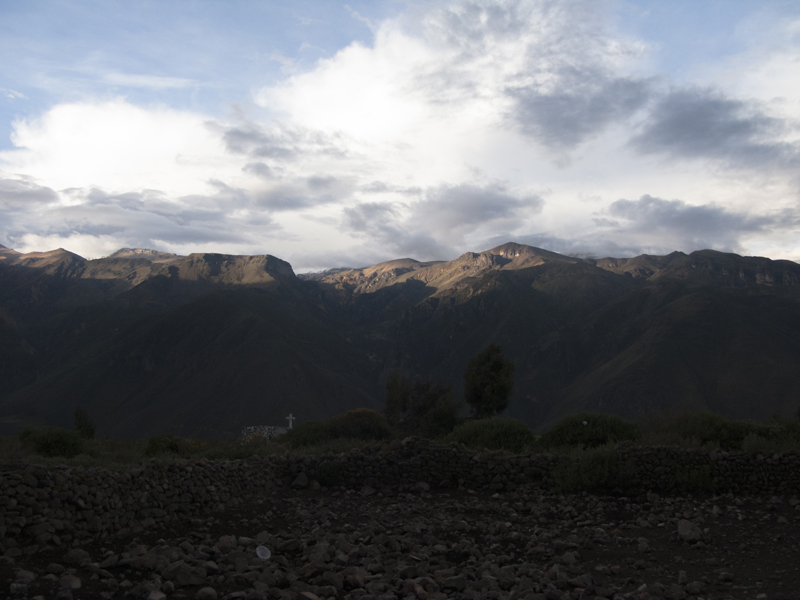
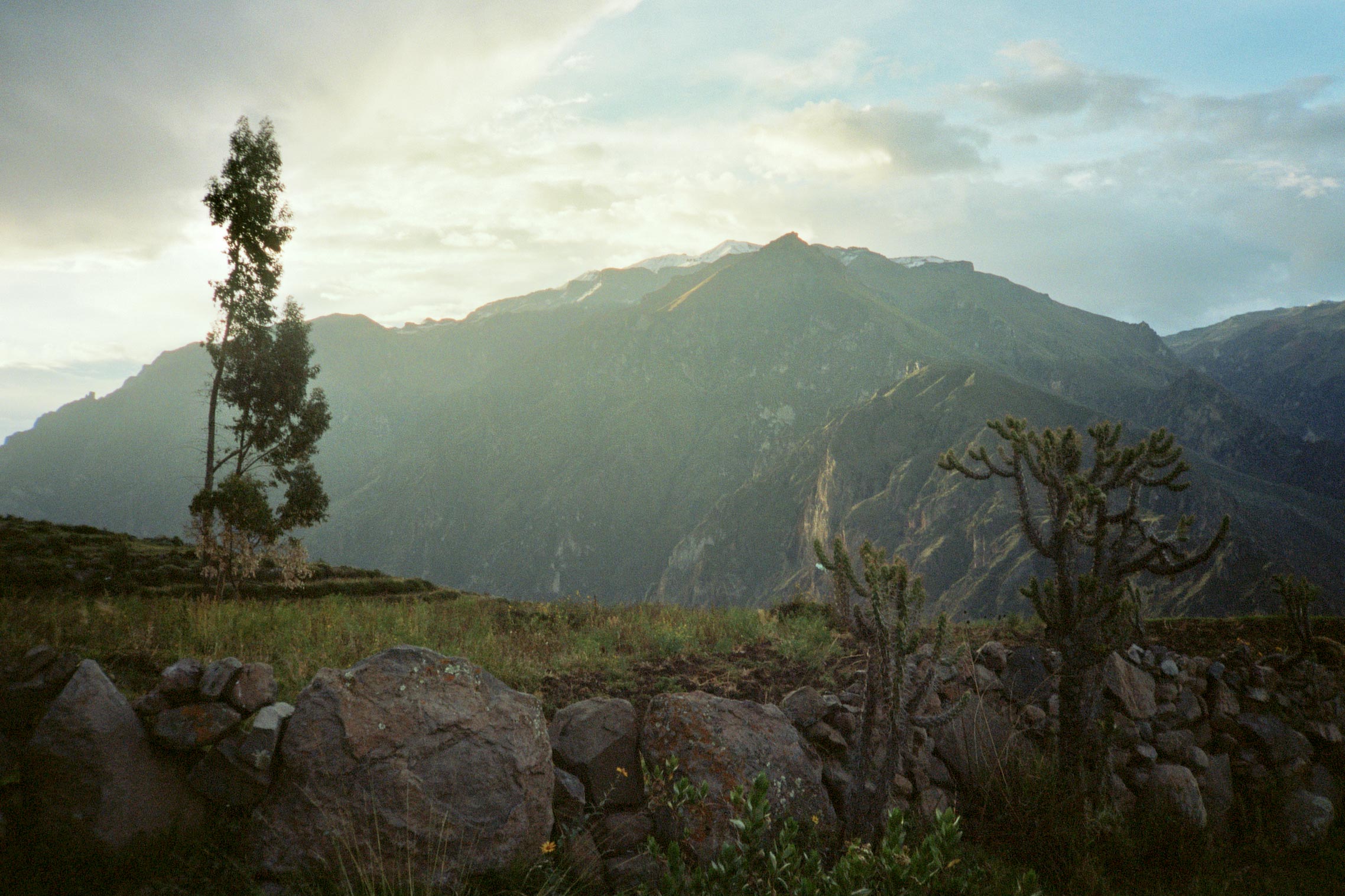
Cruz del Cóndor
8.00 am is the perfect time to arrive to this mirador, after a short trek. The andean condors like when the air is clean and the morning fog opens into a clear sky. As long as they can fly safe in they start their show. At the Cruz del Cóndor the canyon reaches 1,200 m depth. The view is breathtaking and the majesty and strength of these huge birds is really impressive. It is not a case that in the Inca mythology the snake, puma, and condor represent the three levels of life, strength and soul.
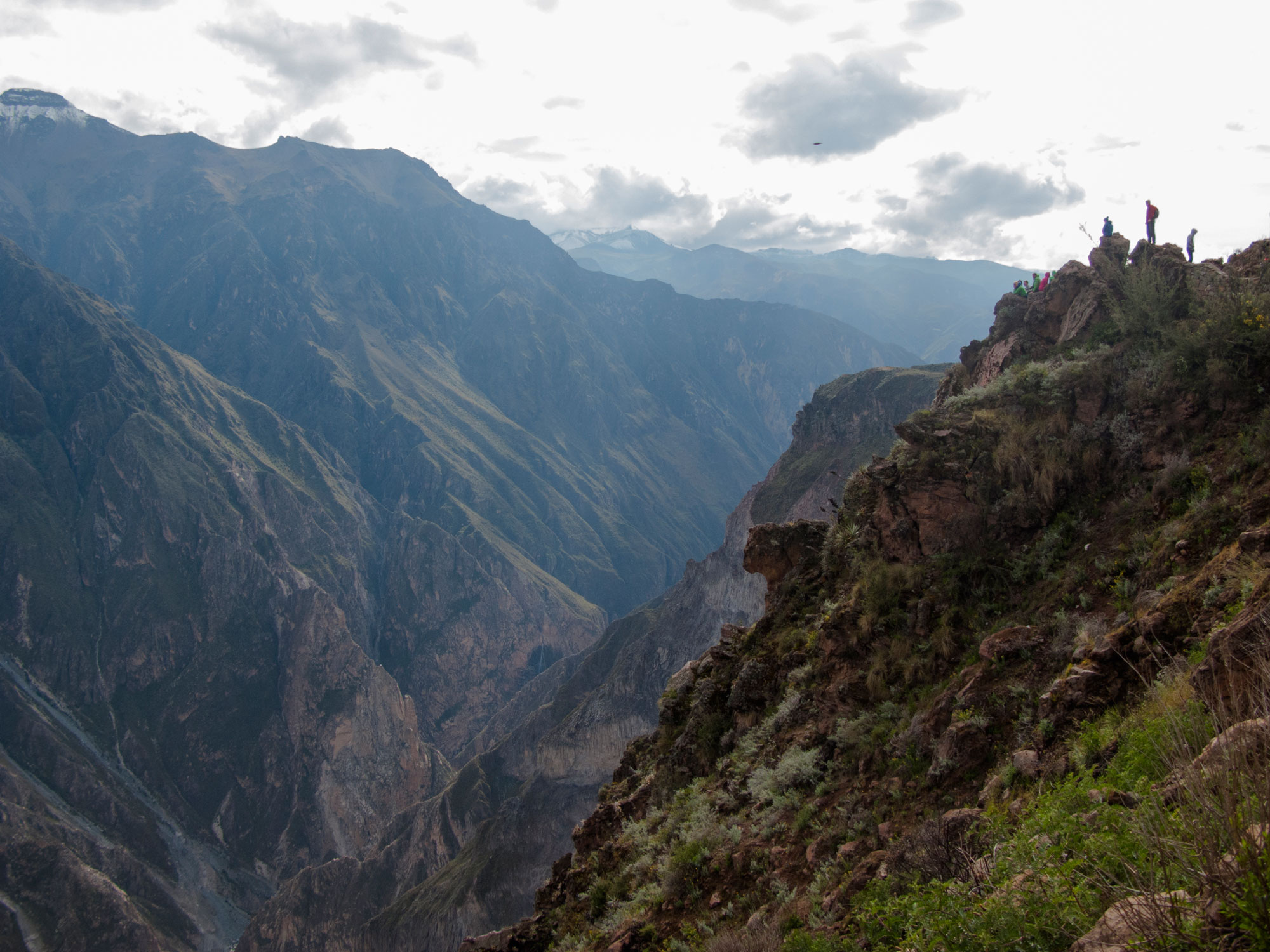
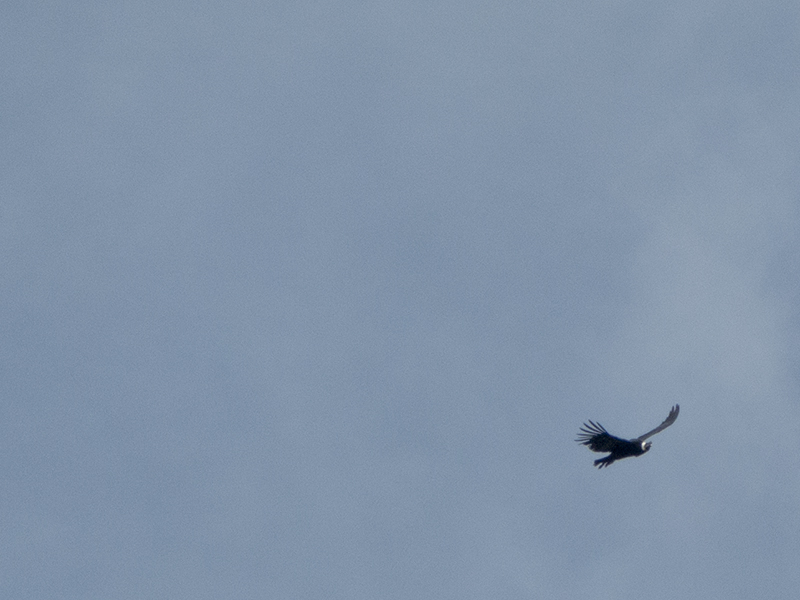
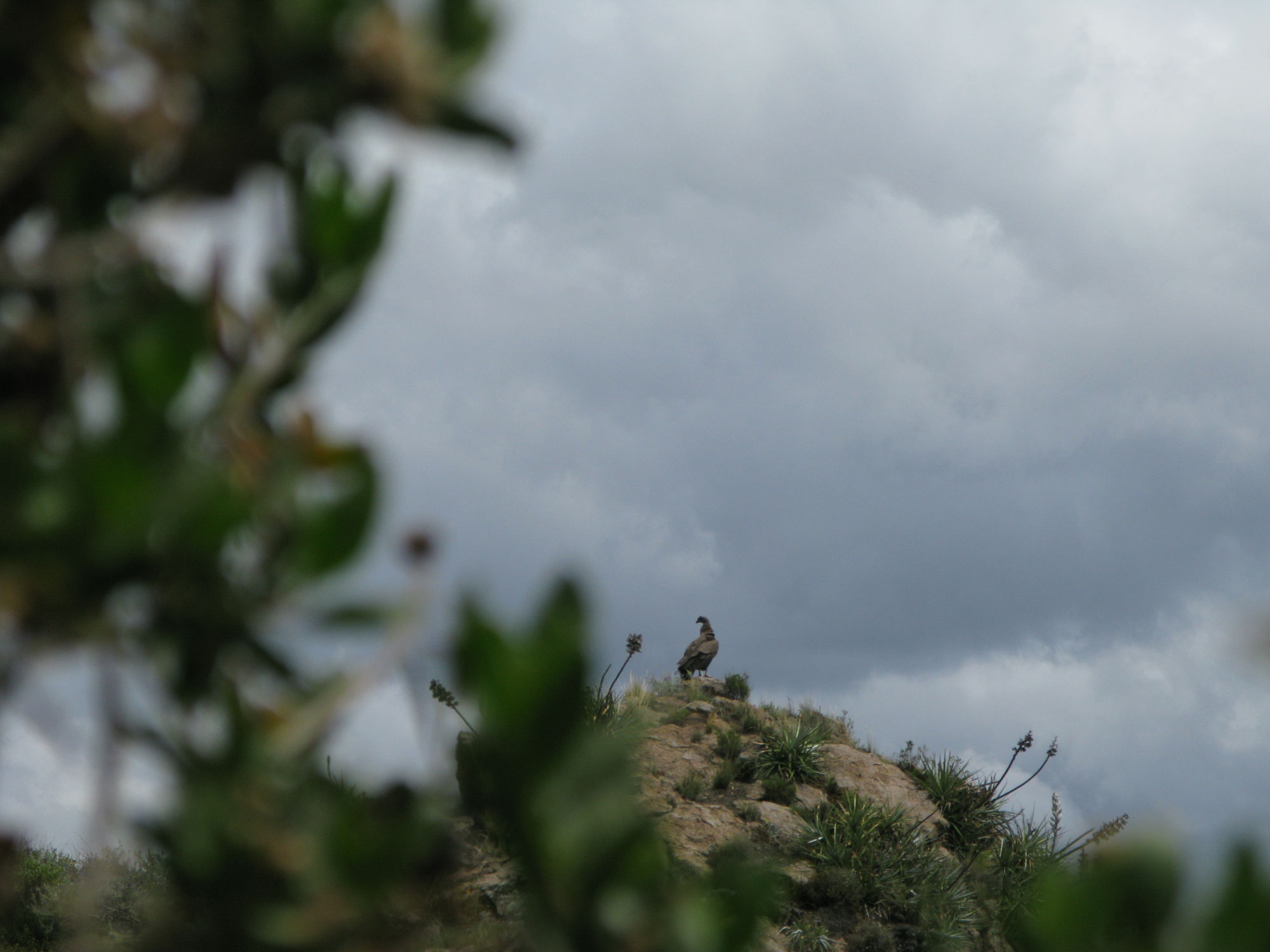
The way to Cobanaconde is very empty and the only encounters are with condors, dead cows, donkeys or sheeps. I did this part of the trip by bike, the feeling of biking in the middle of the Andes, with the low oxygen rate and the air so clean is really amazing.
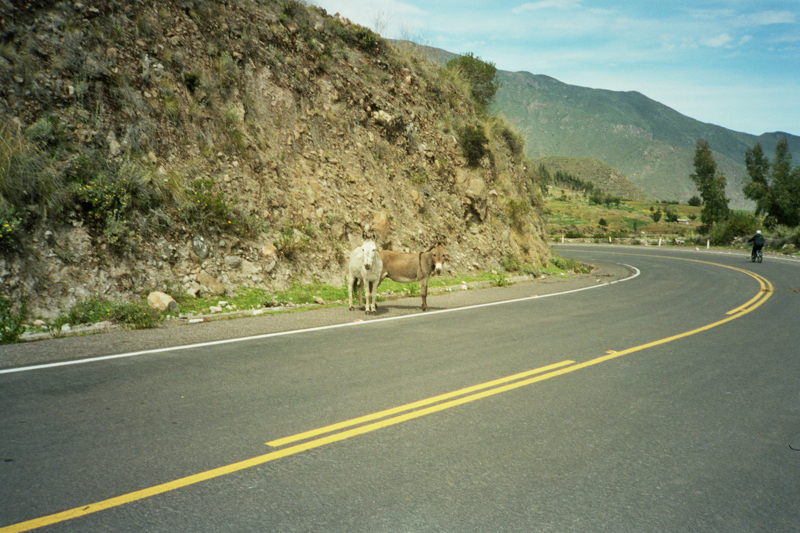
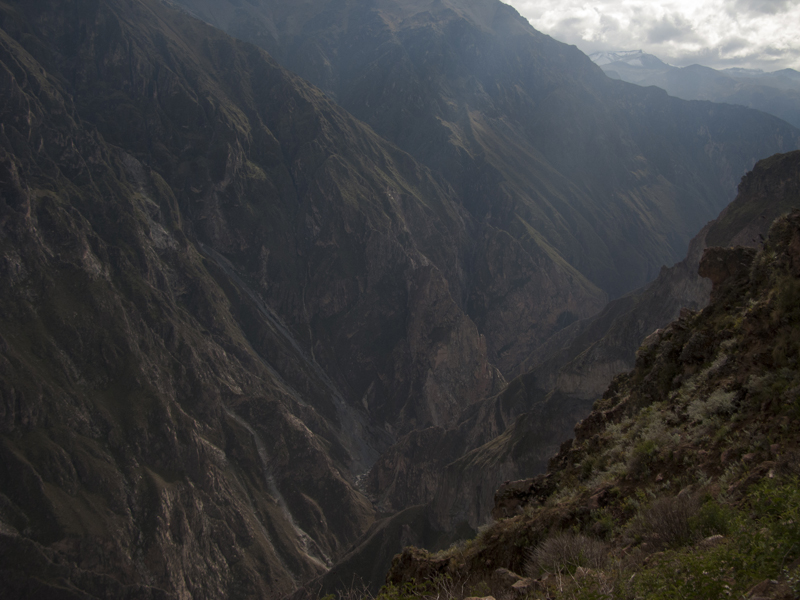
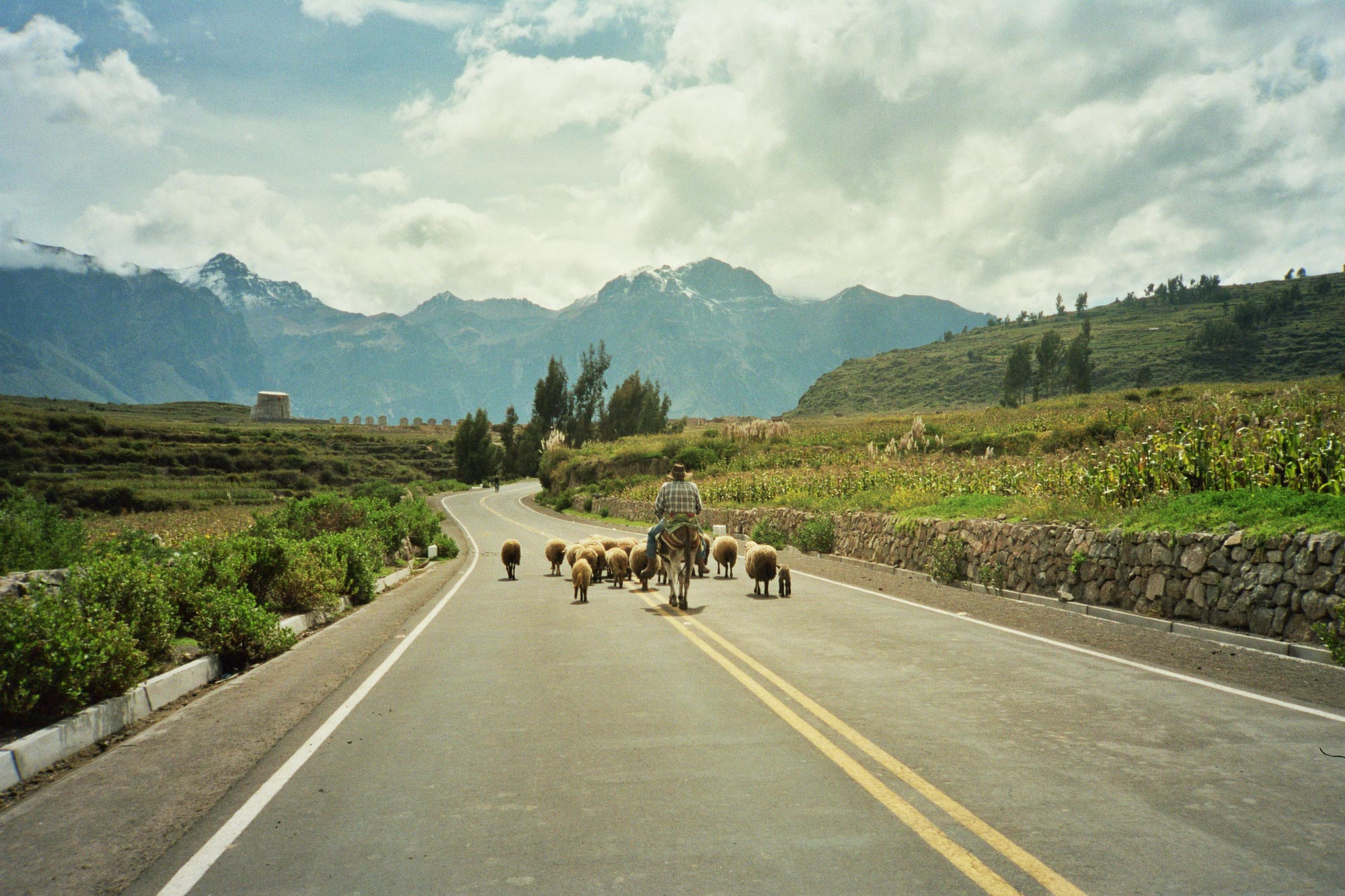

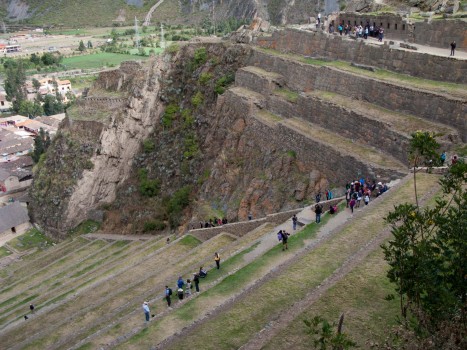
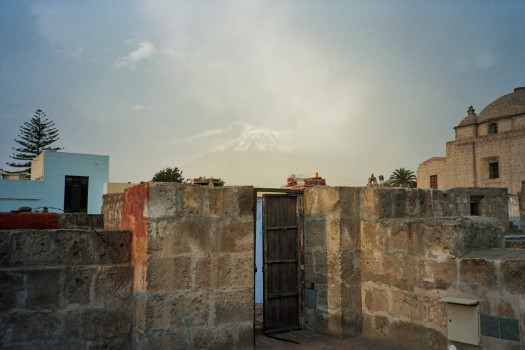
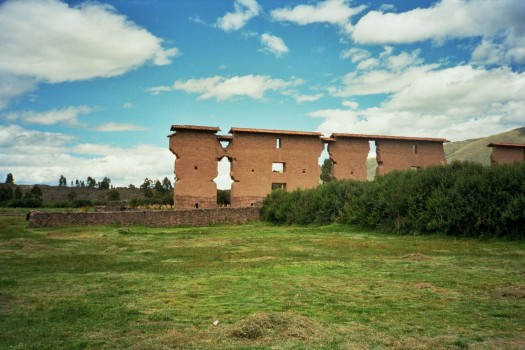
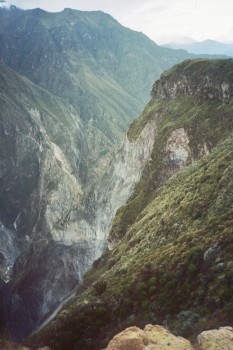
[…] Canyon de Colca (view full article) […]